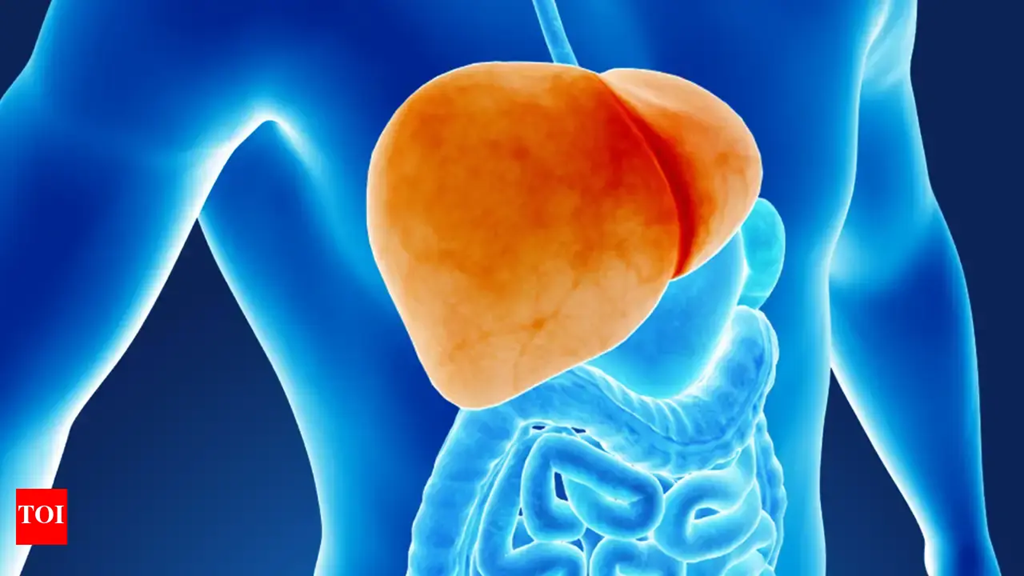
The first large-scale, focused, screen of single nucleotide variants (SNPs) across the genome found that fewer than 400 initiate and drive hereditary cancer growth. These particular variants control pathways that include: whether and how well a cell can repair damage to its DNA, how it produces energy, and how it interacts with and moves through its microenvironment.
These common themes, the authors say, point to potential new therapeutic targets. Plus, understanding which variants contribute significantly to cancer risk may also enhance genetic screening meant to assess a person’s lifetime risk of cancer.
The study, carried out by Stanford researchers, focused on germline variants, rather than on mutations that can accumulate during a person’s lifetime, such as BRCA1 and BRCA2. The lead author is Laura N. Kelman and the senior author is Paul A. Khavari.
The variants that Kellman, Khavari, and their team identified are not in coding genes, but in regulatory regions that control whether, when, and how much these genes are expressed. Often these regulatory regions influence the expression of nearby genes; sometimes they influence distant genes.
Previous genome-wide association studies have identified variants found more often in people with specific kinds of cancers than in their cancer-free peers. But these studies, of which there have been many, don’t prove that the variations change the activity of the regulatory region. Such studies also do not identify which genes are affected.
Kellman, Khavari, and their colleagues took a different approach. They amassed over 4,000 suspect variants identified by genome-wide association studies, or GWAs, in 13 types of cancer and tacked those regulatory regions—along with control sequences—to DNA sequences, each with a unique barcode.
Next, they conducted massively parallel reporter assays to determine which variants changed the expression of the bar-tagged sequence in the relevant cell type, testing variants associated with lung cancer in human lung cells, for example. Winnowing thousands of potential variants down to a few hundred functional regulatory regions allowed the researchers to combine information from pre-existing databases about DNA folding, tissue-specific gene expression profiles, and others to identify about 1,100 target genes likely to play a role in cancer development. Some are specific to a certain type of cancer while others appear to increase the risk of several cancers.
In 2020, Khavari launched a research project funded by the National Human Genome Research Institute to develop the Atlas of Regulatory Variants in Disease to pinpoint variants linked to the risk of developing 42 common complex diseases including cancers, develop individualized risk scores for each disease to aid in screening and prevention, and suggest new treatment strategies.
“Now we have a first-generation cartographic map of functional single nucleotide variants that determine a person’s lifetime cancer risk,” Khavari said. “We expect that this information will be incorporated into increasingly informative genetic screening tests that will become available over the next decade to help determine who is most at risk for many types of genetically complex diseases, including cancer. This general approach may help provide an individualized risk assessment for common diseases to guide interventions, such as lifestyle changes, pharmacologic preventatives, and diagnostic screening.”









![Best Weight Loss Supplements [2022-23] New Reports!](https://technologytangle.com/wp-content/uploads/2022/12/p1-1170962-1670840878.png)




